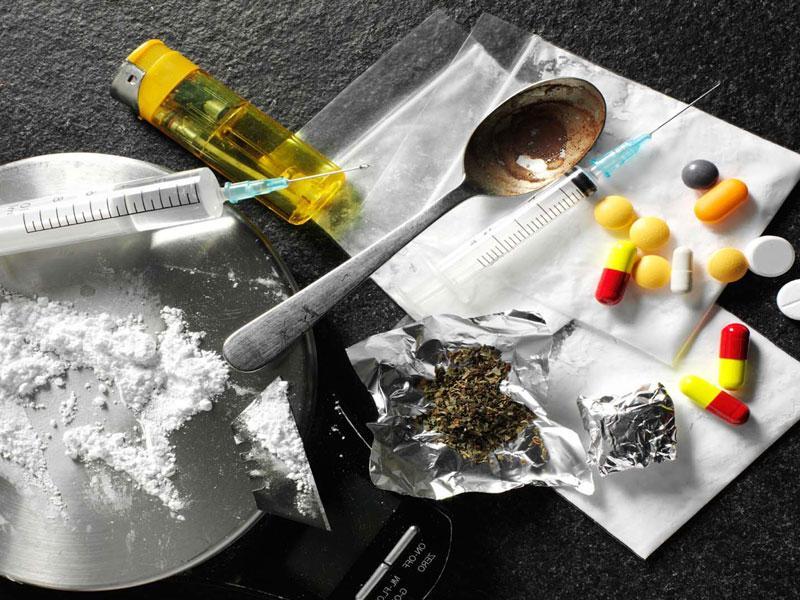Deadly ‘Suck-and-Die’ Drug Ravages Nigerian Youth, Turning Streets into Zombie Zones

Drug Abuse
In the shadowy back alleys of Nigeria’s bustling cities, a sinister new threat has emerged: “suck-and-die,” a cheap and lethal inhalant that’s ensnaring teenagers and young adults in a grip of addiction and despair. This toxic substance, primarily methylene chloride (a solvent used in industrial paint stripping) has spread rapidly across states like Lagos, Kano, and Bauchi, preying on vulnerable youths amid economic hardships and peer pressure.
Priced at just N250 to N300 per bottle, its affordability has fueled a surge in abuse, with users inhaling vapors to chase fleeting highs, often in school compounds or hidden hangouts. Authorities warn that this drug, part of a wave of new psychoactive substances, is transforming vibrant youngsters into listless “zombies,” slumped in public spaces and completely detached from reality.

The drug’s allure lies in its quick onset: users soak rags, pour it into bags for “bagging,” or inhale directly from containers, experiencing a calming “slow wind” through the mind and body. Composed mainly of dichloromethane, which evaporates into potent fumes, it mimics the effects of traditional narcotics but with unpredictable potency due to crude mixing. Alongside similar menaces like “Rubber Solution,” “Dead Man,” and “Gelato,” it’s trending in urban hotspots, where youths experiment amid influences from family dysfunction or academic failures. One user described the high as settling the mind, but others report spinning sensations, vomiting, and hallucinations that leave them terrified yet hooked.
The health toll is catastrophic, with acute risks including dizziness, seizures, coma, and sudden death from carbon monoxide poisoning that starves the brain and heart of oxygen. Experts warn that chronic exposure leads to liver damage, memory loss, and chemical burns, disproportionately affecting fetuses and newborns if pregnant users are involved.
Societally, it’s devastating families and communities, with a 2016 study highlighting abusers in their twenties—students, artisans, and farmers—driving up crime and lost potential. Personal tales underscore the tragedy: a 19-year-old turned to it after setbacks, while another vowed to quit after a nightmarish episode but was drawn back by misinformation. Experts like psychologist Dr. Chimeremeze Odu link its addictiveness to dopamine surges, warning of a public health crisis akin to global “zombie drug” epidemics.







